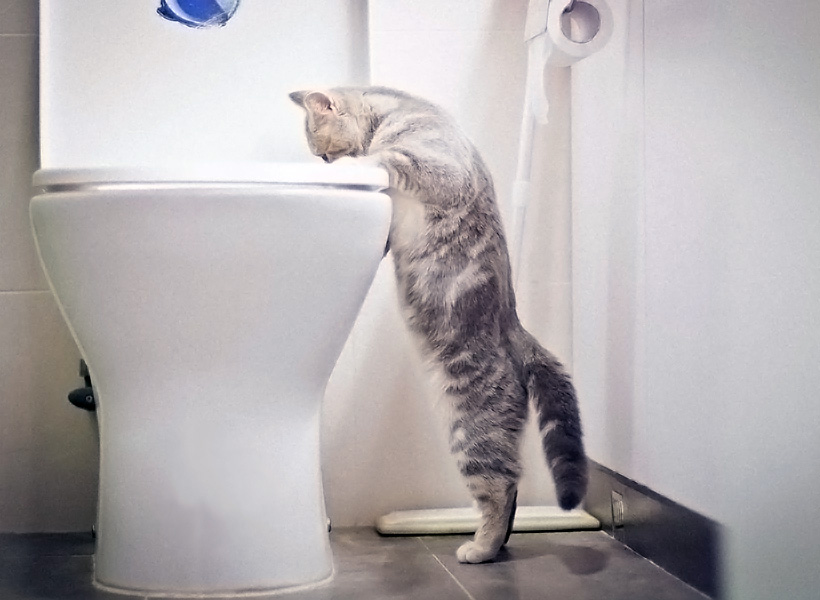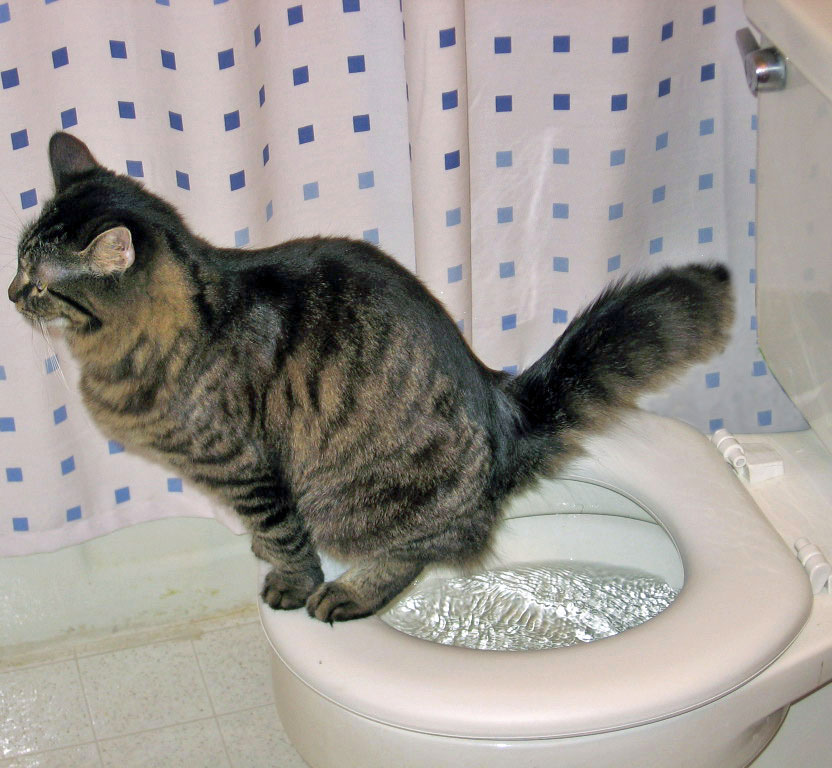Reasons You Shouldn't Flush Cat Poop Down Your Toilet - Preserve Your Plumbing Health
Reasons You Shouldn't Flush Cat Poop Down Your Toilet - Preserve Your Plumbing Health
Blog Article
Everybody has got their own theory about How to Dispose of Cat Poop and Litter Without Plastic Bags.

Introduction
As pet cat owners, it's vital to be mindful of exactly how we dispose of our feline good friends' waste. While it may appear convenient to purge pet cat poop down the bathroom, this practice can have harmful effects for both the atmosphere and human wellness.
Ecological Impact
Purging feline poop presents damaging pathogens and parasites into the water system, presenting a considerable danger to water ecosystems. These pollutants can negatively affect aquatic life and concession water high quality.
Wellness Risks
Along with environmental worries, purging cat waste can also position wellness dangers to humans. Feline feces may have Toxoplasma gondii, a parasite that can create toxoplasmosis-- a possibly severe disease, specifically for expectant women and people with damaged body immune systems.
Alternatives to Flushing
Thankfully, there are safer and more accountable methods to throw away pet cat poop. Think about the complying with choices:
1. Scoop and Dispose in Trash
The most usual approach of dealing with feline poop is to scoop it right into an eco-friendly bag and toss it in the trash. Make sure to utilize a devoted litter scoop and deal with the waste immediately.
2. Usage Biodegradable Litter
Select naturally degradable feline trash made from products such as corn or wheat. These clutters are environmentally friendly and can be securely disposed of in the garbage.
3. Hide in the Yard
If you have a yard, consider hiding cat waste in a designated location far from veggie gardens and water sources. Be sure to dig deep enough to stop contamination of groundwater.
4. Mount a Pet Waste Disposal System
Buy a pet dog garbage disposal system especially created for feline waste. These systems utilize enzymes to break down the waste, decreasing odor and ecological influence.
Verdict
Accountable animal ownership expands past supplying food and shelter-- it also entails appropriate waste administration. By refraining from purging pet cat poop down the bathroom and selecting alternative disposal methods, we can decrease our ecological footprint and protect human wellness.
Why Can’t I Flush Cat Poop?
It Spreads a Parasite
Cats are frequently infected with a parasite called toxoplasma gondii. The parasite causes an infection called toxoplasmosis. It is usually harmless to cats. The parasite only uses cat poop as a host for its eggs. Otherwise, the cat’s immune system usually keeps the infection at low enough levels to maintain its own health. But it does not stop the develop of eggs. These eggs are tiny and surprisingly tough. They may survive for a year before they begin to grow. But that’s the problem.
Our wastewater system is not designed to deal with toxoplasmosis eggs. Instead, most eggs will flush from your toilet into sewers and wastewater management plants. After the sewage is treated for many other harmful things in it, it is typically released into local rivers, lakes, or oceans. Here, the toxoplasmosis eggs can find new hosts, including starfish, crabs, otters, and many other wildlife. For many, this is a significant risk to their health. Toxoplasmosis can also end up infecting water sources that are important for agriculture, which means our deer, pigs, and sheep can get infected too.
Is There Risk to Humans?
There can be a risk to human life from flushing cat poop down the toilet. If you do so, the parasites from your cat’s poop can end up in shellfish, game animals, or livestock. If this meat is then served raw or undercooked, the people who eat it can get sick.
In fact, according to the CDC, 40 million people in the United States are infected with toxoplasma gondii. They get it from exposure to infected seafood, or from some kind of cat poop contamination, like drinking from a stream that is contaminated or touching anything that has come into contact with cat poop. That includes just cleaning a cat litter box.
Most people who get infected with these parasites will not develop any symptoms. However, for pregnant women or for those with compromised immune systems, the parasite can cause severe health problems.
How to Handle Cat Poop
The best way to handle cat poop is actually to clean the box more often. The eggs that the parasite sheds will not become active until one to five days after the cat poops. That means that if you clean daily, you’re much less likely to come into direct contact with infectious eggs.
That said, always dispose of cat poop in the garbage and not down the toilet. Wash your hands before and after you clean the litter box, and bring the bag of poop right outside to your garbage bins.
https://trenchlesssolutionsusa.com/why-cant-i-flush-cat-poop/

We hope you liked our post on How to Dispose of Cat Poop and Litter Without Plastic Bags. Many thanks for taking time to read our piece of content. Are you aware of somebody who is interested in the topic? Do not hesitate to promote it. Thank you for your time. Visit again soon.
Call Today Report this page